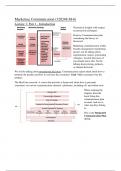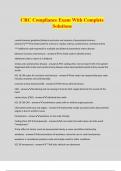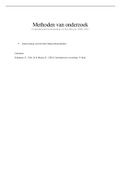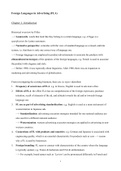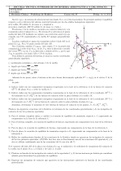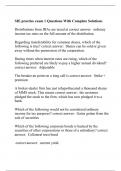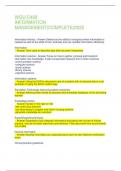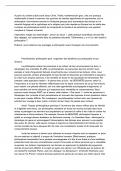Lecture 1: Part 1 - Introduction
Theoretical insights with respect
to persuasion techniques.
Practice: Communication plan
considering the theory we
discussed.
Marketing communication within
broader management (marketing)
picture, not be talking about
segmentation, targets, positioning
strategies. Assume that most of
you already know this. Not be
talking about pricing, products,
or channel decisions.
We will be talking about promotional decisions. Communication experts think about how to
promote the product and how to convince the consumers. Goal: Make consumers buy the
product.
The MarCom course is: A course that provides a framework about how to persuade
consumers via various communication channels / platforms, including off- and online tools.
When studying the
chapters from the
book: Keep this
communication plan
in mind. And see to
what step they belong
to.
This is the Integrated
Communication Plan
(ICM).
,LO1: 6 “theory” sessions where we analyze the persuasion process by relying on
insights from consumer psychology and behavioral economics.
Session 1: Stimulus, attention & comprehension → Breaking
through the advertising clutter (aka attention class)
Session 2: Inferences, decisions, and judgments, behavioral
intention and behavior → Pre-suasion and persuasion
Session 3: Inferences, decisions, and judgments, behavioral
intention and behavior → Affective persuasion
Session 4: Inferences, decisions, and judgements →
Consumer inferences
Session 5: Stimulus, attention, comprehension, inferences,
decisions, and judgments, behavioral intention and behavior
(all of them) → Social influence
Session 6: Stimulus → Issues in media planning (aka “the
context”)
LO2: The components of an Integrated Communication Plan
,Keep this in mind when studying theory and making the communication plan:
Lecture 1: Part 2 – Breaking Through the Advertising Clutter
(Attention)
Reading: Especially the introduction is important.
Recap: What is Attention?
Make sure that we are seen.
Attention is…
• Limited: People have limited amount of cognitive resources. We can not attend to
everything. We will devote attention to things that interest us.
• Selective: Selectively pay attention. Not to everything.
• Voluntary or involuntary
• A precondition for further processing
More attention, more cognitive capacity, more
comprehension, more elaboration. Important that when we
want consumers to think about what they see, we need to
attract their attention. Mechanism of limited resources,
resources are important to think and elaborate.
, Levels of Processing / Involvement:
• Pre-attention: little or no capacity required (automatic processing): hitting the table, we
have immediate attention. Does not require much capacity. Then comprehend: she wants
to make a point, elaborate, and analyze.
• Focal attention: little capacity required
• Comprehension: modest levels of capacity required
• Elaboration: substantial levels of capacity required
How Campaigns Can Stand Out: Attracting Attention
This part is about increasing involuntary and
voluntary attention.


